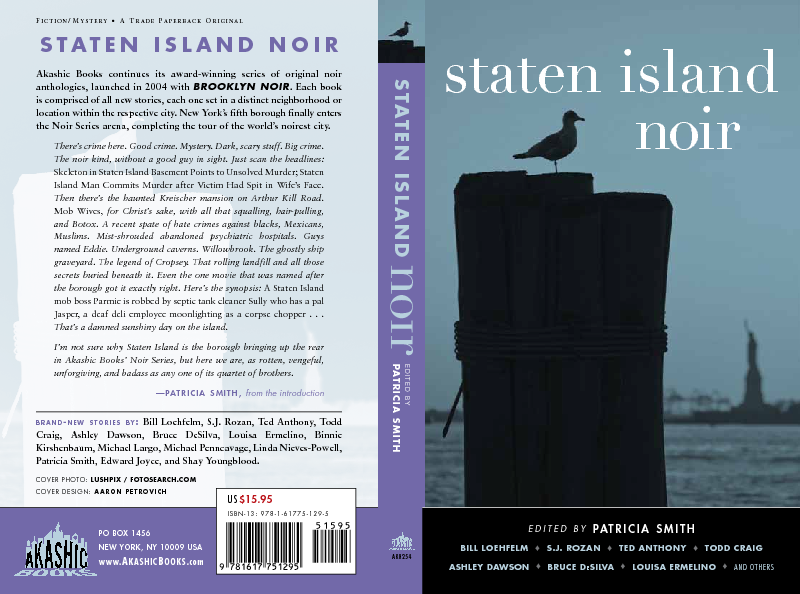Yesterday I took a trip to the idyllic Castello di Rivoli to the west of Turin with my friend Andrea. We discussed the film Romanzo di una strage, which I discussed in an earlier post. Andrea filled me in on some of the amazing background details.
Here are some shots I took from the Castello and during a walk around the medieval town. I include them as a counterweight to what follows:
[slideshow]
As Andrea explain to me, during the Cold War, NATO established a secret organization that went by the code name Operation Gladio (Latin for sword). The idea of this parallel military organization, that existed in all the democracies of Western Europe, was to fight a guerrilla war against communist forces in the event of an invasion by the Soviet Union. In the event, though, Gladio became a clandestine force that spread discord domestically since its operatives – many of them directly related to the fascist regimes of the pre-1945 period in countries such as Italy and France – were fundamentally opposed to social democracy.
Italy was particularly susceptible to the destabilizing operations of Gladio because it was viewed as a particularly front-line state, one with a very strong Communist Party. In 1964, for example, a silent coup d’etat took place when General Giovanni Di Lorenzo forced Socialist ministers to leave the government.
When members of the political establishment such as Aldo Moro refused to go along with the push towards military dictatorship following this silent coup d’etat, Gladio operatives unleashed the so-called strategy of tension: a campaign of bombings and other massacres, which would be blamed on the Left and would destabilize the country to the point where martial law would be declared. Foremost among these bombings were the Piazza Fontana bombing (1969), the Peteano massacre (1972), and Bologna massacre (1980).
Officials at the highest levels of the Italian government knew about the existence of Operation Gladio, as the confessions of Prime Minister Giulio Andreotti before the Commission on Massacres (1990) revealed. In addition, Gladio operatives circulated through a world-wide Right-wing terrorist network, carrying out assassinations in places such as Chile and taking refuge in countries such as Franco’s fascist regime in Spain.
I wonder how many Americans know about Gladio and the CIA’s involvement therein? A quick search comes up with only two books on the topic: Philip Willan’s Puppetmasters: The Political Use of Terrorism in Italy and Richard Cottrell’s Gladio: NATO’s Dagger at the Heart of Europe. Both of these book document the secret CIA-NATO-neofascist-mafia network that penetrated Europe, carrying out terrorist atrocities and sponsoring military coups in places such as Greece and Turkey. In Italy, a shadow government was formed through the P2 Masonic lodge, an organization founded by former blackshirts, to which most of the leaders of Italy’s post-war governments belonged. The facts are so shocking that they come off like something out of a spy novel.
Very few of those responsible, either directly on indirectly, for any of these massacres have been brought to justice. Small wonder, then, that this history is still alive in Italy in a way that outsiders fail to understand. There’s a dark unsettling reality beneath the surface of this beautiful country.
That reality was brought home during the protests against the G8 meeting in Genoa (2001). During these demonstrations, Italian police forces broke into a school that was being used as a communications center by journalists working with the Global Justice Movement. They beat everyone they found inside the school to a pulp, arrested them, and detained them without judicial proceedings for many days. Amnesty International called this the worst act of brutality in a western democracy since the Second World War. Again, very few of these police have been prosecuted for their crimes.
But Italy thankfully also still has a strong Left, which continues to document and militate against these atrocities. Last night I went to see Diaz, a film which deals with the police attacks during the G8 protests. It was one of the hardest to watch films I’ve ever seen, with long, brutal scenes of police violence. Although it was difficult to stomach, I think it’s very important that these events have been documented on film and are being circulated within the public realm.
Here’s a trailer for the fim:
[youtube=http://www.youtube.com/watch?v=RNynI9mp-_M]
 The first short story I’ve ever written is forthcoming in Akashic Books’ fantastic noir series. I just got this copy of the cover; the book comes out in early November.
The first short story I’ve ever written is forthcoming in Akashic Books’ fantastic noir series. I just got this copy of the cover; the book comes out in early November.